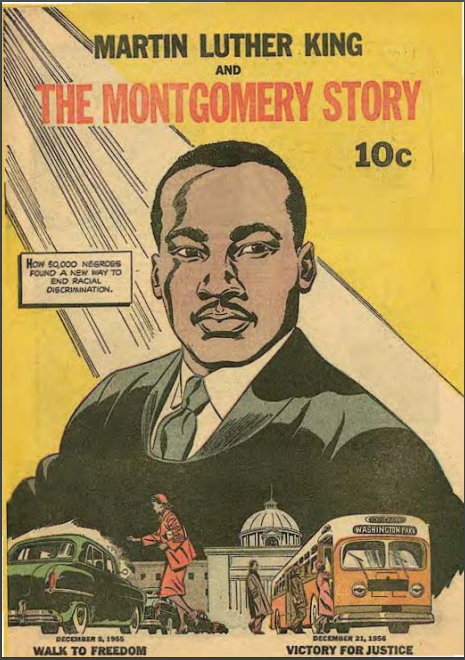You probably have encountered the plot mountain diagram:
Exposition. Rising action. Climax. Falling action. Resolution.

The plot mountain diagram is taught with short stories in English Language Arts at different grade levels, but I suspect that like most graphic organizers, the plot mountain diagram is over-taught, especially in middle and high school classrooms.
The practice of teaching the plot mountain as a general way to understand that there are patterns to short stories is good in theory, but not so good in practice. Repeated practice of the same plot diagram is worse.
Look at the plot mountain diagram above (courtesy of the Read, Write, Think website).
The falling action of a story is rarely as proportional as the rising action. The climax is not always in the “middle” of the story. This is because, authors do not write their stories according to a plot mountain diagram:
-Authors are unpredictable;
-Plots are unpredictable;
-Most of the short stories taught in middle or high school are selected because they are unpredictable.
Take, for example, Saki’s classic short story The Interlopers. Two men, sworn enemies, are pinned under a tree that crashes in a snowy forest. Trapped together, they come to the conclusion that their longstanding feud is no longer important. Just as they agree to settle their differences, one man sees in the distance how their fate will play out with the single frightening word: “wolves.”
Now, that word (“wolves”) makes up the plot’s “falling action.” There is no real resolution, instead there is imagined horror. Saki designed a story that blew the top off the standard plot mountain diagram.
That same kind of explosion could be said for Guy de Mauppasant’s The Necklace. The character Mathilde spends her youth paying back jewels she was foolish to borrow. The story concludes with the shocking statement:
“Oh, my poor Mathilde. But mine [jewels]were false. At most they were worth five hundred francs!”
If a student was to create a plot mountain for either of these stories, instead of following the prescribed template above, a student might draw something that looks like this:

Rather than reteaching the same plot mountain model over and over, a teacher should ask students to use their own ideas to diagram a story’s plot. There should not be too much support in the directions.
Take, for example, the instructional suggestion (see screenshot below) to use with Richard Peck’s hilarious short story “Priscilla and the Wimps.”
In this story, Peck sets the tone in describing bullying in a public school setting with his opening lines:
“Listen, there was a time when you couldn’t even go to the rest room in this school without a pass. And I’m not talking about those little pink tickets made out by some teacher. I’m talking about a pass that could cost anywhere up to a buck, sold by Monk Klutter.”
One small student-Melvin-is bullied by a group of students led by Klutter. But Melvin has a protector, Priscilla Roseberry, who is described thusly:
“I’m not talking fat. I’m talking big. Even beautiful, in a bionic way.”

In Peck’s story, the brutish Priscilla efficiently dispatches the school bully, Monk Klutter, into a school locker. The story concludes, “Well, this is where fate, an even bigger force than Priscilla, steps in. It snows all that night, a blizzard. The whole town ices up. And school closes for a week.”
What I most remember about teaching this story with 8th graders is how Peck’s resolution was somewhat unsettling to some readers. More than one student had commented on what could have happened to Klutter if he was stuffed in a school locker during a blizzard.
“Without food and water for a week,” one student pointed out to me, “he’d be dead. Priscilla could be a murderer!”
The directions above do not support such thinking, even if it is slightly misguided. In the directions, although there is some movement away from a “fill-in-the-blank” worksheet by asking students to draw a diagram “like this one” to summarize events, a model is still there for them to follow. The climax (again) is followed by a disproportionately sized resolution.
While directions suggest creating something similar (“like”), many students will simply recreate this diagram, plug in three events, and place Monk’s undoing at the climax.
So what is the purpose for students to use a pre-printed plot mountain diagram?
All they need are the story elements that help them explain a story’s pattern. Teachers could give the terms (perhaps on labels: exposition, rising action, climax, falling action, and resolution) in order to for students to create the unique diagrams that are proportional to the stories they are reading.
When students are free to demonstrate their understanding of these terms, they can move beyond a prescribed application or a fill-in-the-blank drawing on a worksheet. They can do more of the higher taxonomy activities, such as comparing and contrasting the patterns of different stories. What did Saki do differently than Peck? How does de Mauppasant’s ending compare with either?These more sophisticated educational exercises would not be effective if the same plot mountain template is used over and over (and over!)
Students should be able to identify the elements that make up the unique pattern of each story as well as appreciate an author’s craft in configuring those same elements differently in a story.
In this sense, the plot mountains of stories are a lot like geography…no two mountains are alike.






















